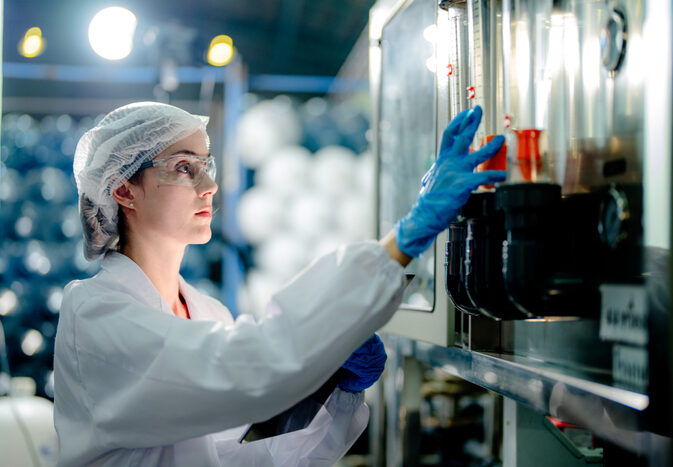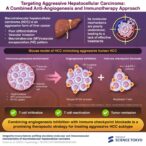Innovative bioprocessing technologies are needed to make monoclonal antibody (mAb) production cheaper, according to new research, which suggests lowering the cost of goods (COGs) for mAb-based therapies would improve patient access.
The research, by a team at the Bill & Melinda Gates Medical Research Institute in Cambridge, MA, looked at access to mAbs and found that production cost is an increasingly important factor.
Lead author Chun Chen, PhD, the foundation’s process development and manufacturing lead, tells GEN, “Although manufacturing cost alone does not dictate prices, it sets the lowest possible boundary for affordable mAbs.
Cost reduction
“And, as other cost drivers are reduced or optimized, manufacturing cost will become a more important factor in determining prices, particularly for things like biosimilars, which is a problem given the role they play in treating chronic and infectious diseases in low and middle-income countries,” Chen says.
The cost of making a mAb has reduced significantly over the past few decades, according to Chen, who pointed to the use of more productive CHO cell lines, better culture media, and intensified processes as key innovations.
“Taken together these innovations have resulted in higher volumetric productivity and improved facility efficiency, and thus lower cost,” he says.
But, while processes can always be tweaked and reagents fine-tuned, further substantial reductions in manufacturing cost are unlikely without technological innovation, Chen says.
“Cost reduction will become more and more challenging as we are getting closer to some hard boundaries—how much can a single CHO cell produce? How many cells can grow in a given bioreactor volume without impacting quality? How fast can mAbs be processed with existing purification infrastructure?
Role of automation
“To make a difference, new technologies will need to overcome one or some of these boundaries,” he says, citing things like alternative hosts, novel purification methods, and continuous mode manufacturing as examples.
Automation has helped to reduce the cost of making mAbs. And, in Chen’s view, it has the potential to do more.
“Automation has already been heavily utilized in many aspects of mAb manufacturing, such as process control, monitoring, and testing. Continued investment in automation will further reduce cost by saving labor, reducing the risk of human operation-related failure, and improving product quality.”
Artificial technology also has a role to play, according to Chen, who says, “There are already exciting efforts to design/select mAb sequences with better properties—some manufacturability properties may lead to reduced cost.
“The mAb development and manufacturing process itself can also benefit from AI once rich domain knowledge and data can be vertically integrated with AI tools, or even just the use of traditional data and mechanistic modeling, or optimization tools.
Chen adds, “It may require upfront investment, and the benefit may not be immediate, but it is worth investing as the impact will be far beyond just saving production cost.”


